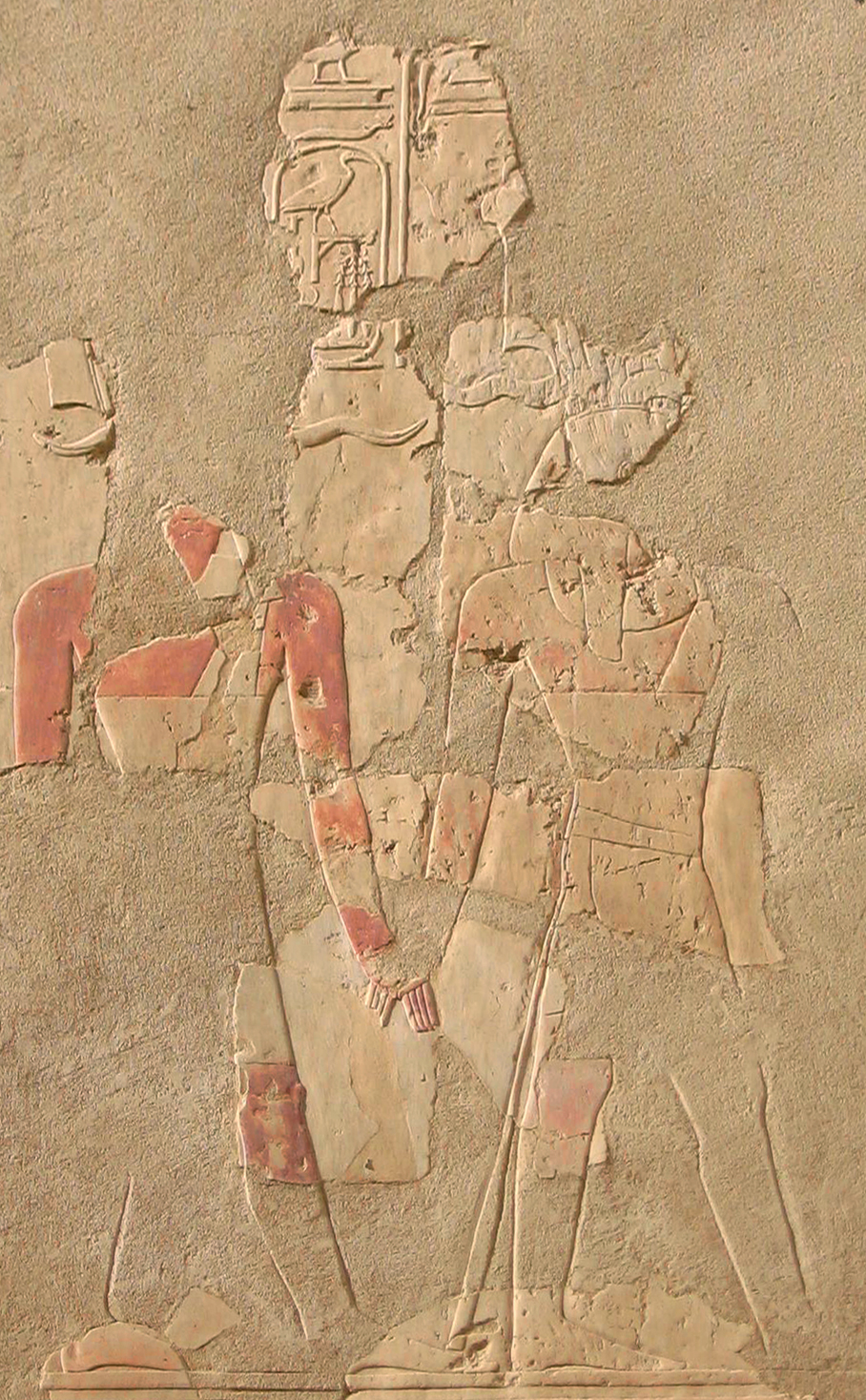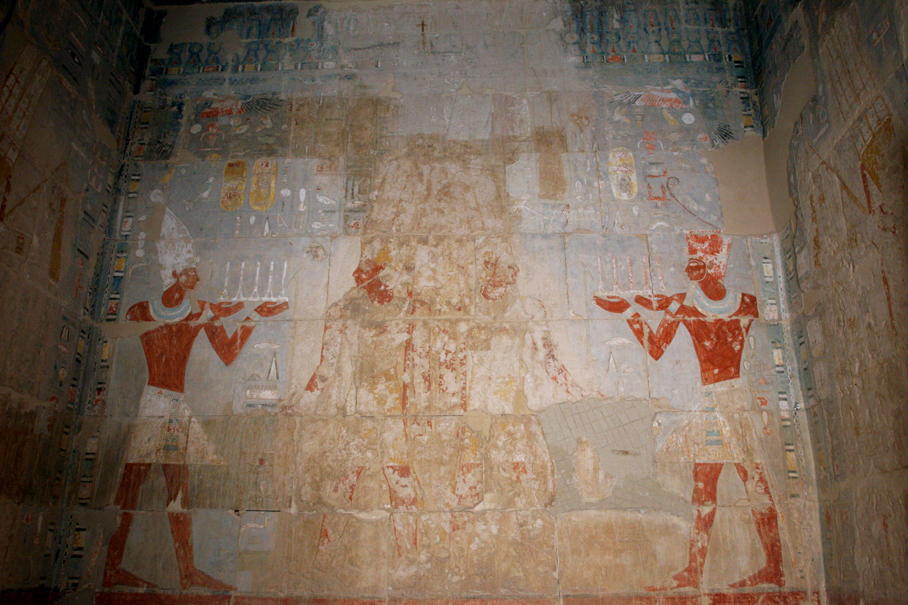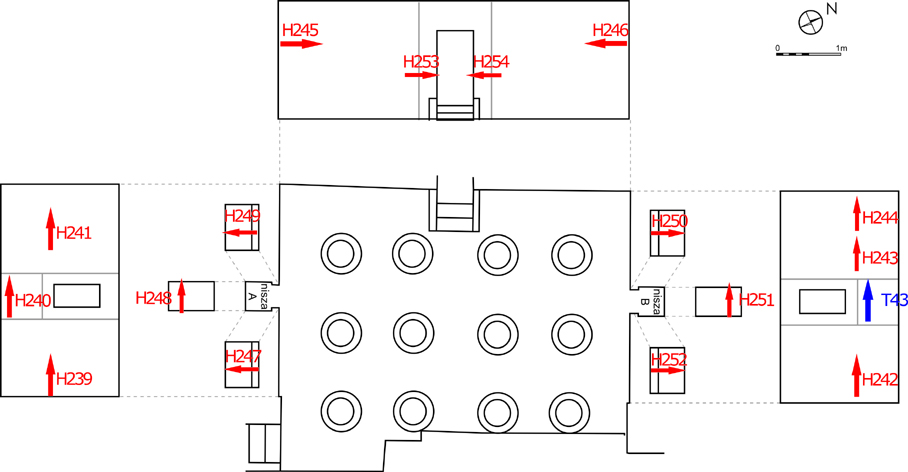News
Iconography of Hatshepsut and Tuthmosis III in the Temple of Hatshepsut at Deir el-Bahari as a reflection of the relationship between both rulers

The aim of the project is complete and exhaustive study of the iconography of Hatshepsut and Tuthmosis III represented on the walls of the temple of millions of years of Hatshepsut at Deir el-Bahari. Its purpose is to answer the question as to whether and how the relief decoration of the building reflects the relationships between both rulers. It seems that their iconography at Deir el-Bahari certainly does not show so readily seen by some, hostility in their relationships. Thutmose III is not excluded by Hatshepsut, but his place in her ideology is clearly defined and consistently shown: his role is secondary. In contrast to the suggestions put forward recently, the dominant role of Hatshepsut in the decorative program of the temple is undoubtedly highlighted, and Thutmose III was not shown as a powerful ruler during the government of Hatshepsut, with a status not different from her position.
Image of Hatshepsut dominate in the iconography over Tuthmosis III, are presented more frequently and in a privileged position. This is widely accepted in literature on the subject. It is, however, a very general, overall vision. Based on the decoration of the temple of Hatshepsut at Deir el-Bahri, it is possible to put forth the following hypothesis: it seems that Hatshepsut also used more complex and more discrete ways to show the hierarchy and the nature of her co-ruling with Tuthmosis III. She used the symbolism of the cardinal points, orientation of figures and the hierarchy of attributes to emphasize the secondary position of Tuthmosis III. Beside the number of representations the quality is crucial for understanding their relationship most often described as a co-regency. Features of localizations and general iconographical arrangements of all representations of Hatshepsut and Tuthmosis III of Djeser-djeseru will be analyzed and compared in details.
The tangible result of the project is Ph. D. dissertation, defended with honors on the 8 January 2015 at the A. Mickiewicz University in Poznan. Thesis was written under supervision of the Professor R. Koliński, rewievers were Professor J. Śliwa (Jagiellonian University) and Professor A. Niwiński (University of Warsaw). Currently, the disseration is being prepared for publication.
Bibliography:


Project supervisior: Marta Sankiewicz
Contact: martasankiewicz@yahoo.com
Egyptological projects I Archaeological projects I Conservation and architectural projects I Field reports I History of research



